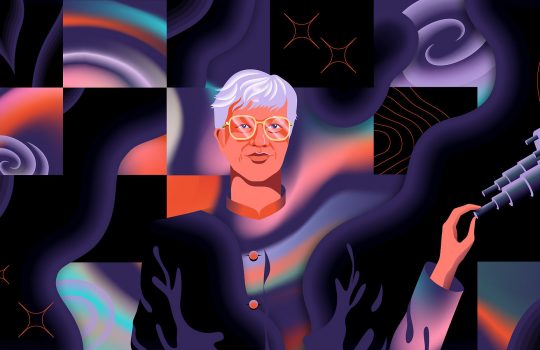Why the world is waiting for Betelgeuse to go supernova
From CNN, Jan. 1, 2020: Fermilab scientist Don Lincoln discusses how Betelgeuse, a star in the constellation Orion and one of the brightest stars in the heavens, has observably dimmed in recent months, a sign that some astronomers interpret as a warning that the star will explode in one of the most powerful and dramatic events in all of the cosmos — a supernova.



